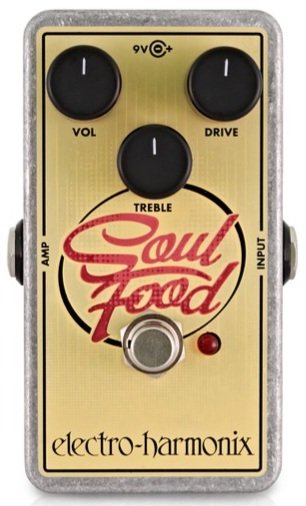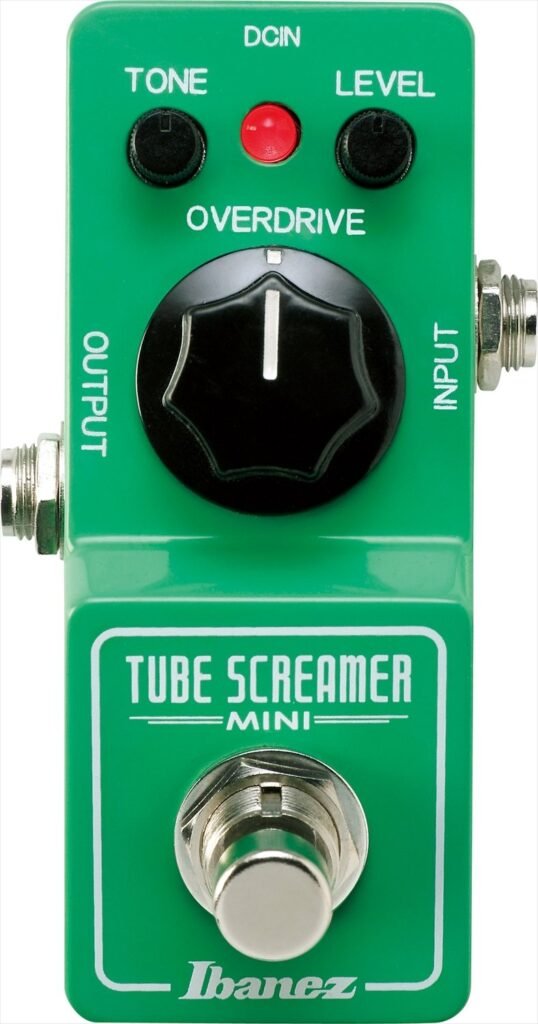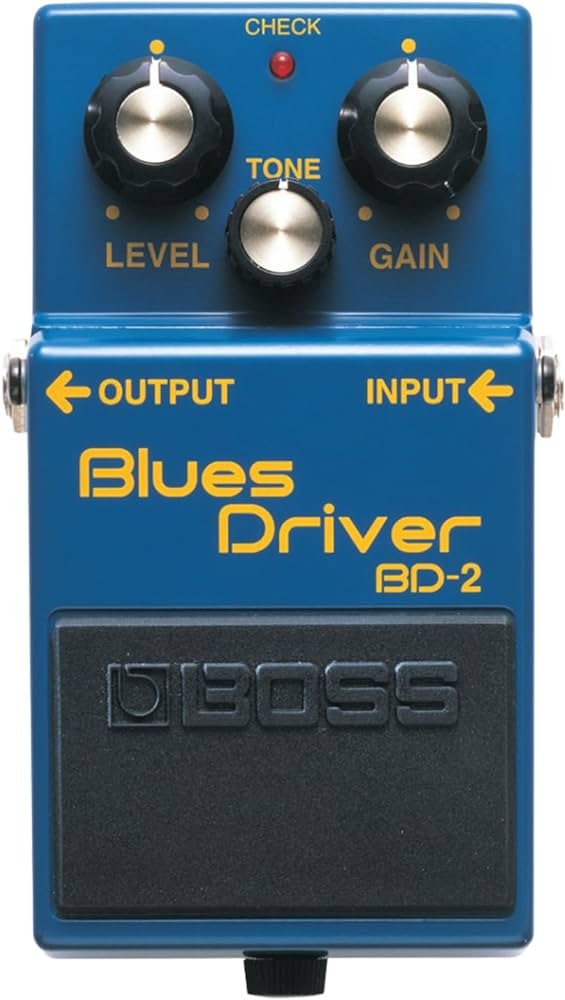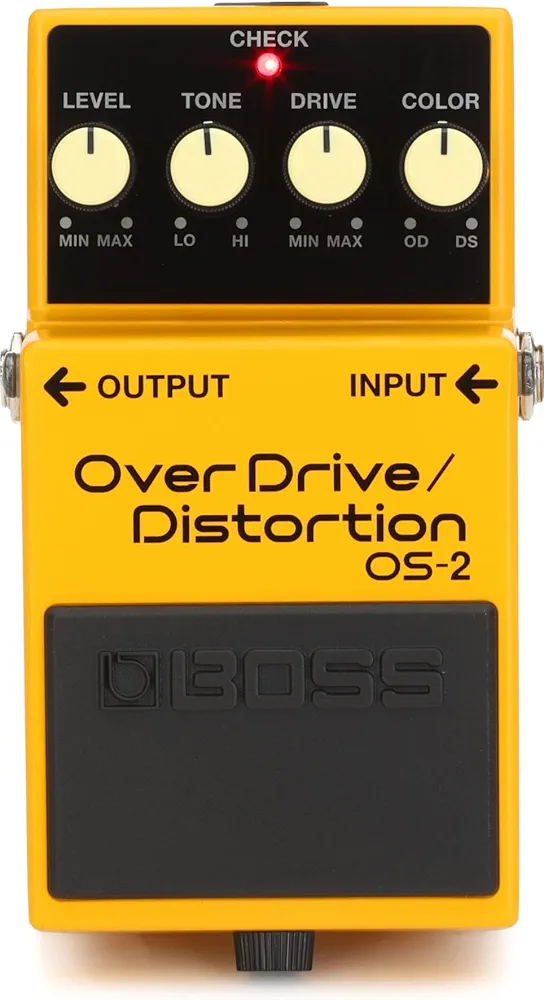Ready to dive into the world of guitar pedals? Great! Here are some tips to get you started on the right foot.
There Are No Rules, But…
When it comes to guitar pedals, there are no hard and fast rules. However, many guitarists recommend starting with an overdrive pedal. This type of pedal is perfect for adding warmth and grit to your sound without completely altering it. It’s a great starting point for experimentation.
This post may contain affiliate links. If you make a purchase through these links, I may earn a commission at no extra cost to you. Your support helps keep this site running, so thank you!
Choose Popular and Renowned Pedals
When selecting your first pedal, go for popular and renowned models. Brands like Boss, Ibanez, and Electro-Harmonix offer high-quality pedals that are also easily resellable if you change your mind. This allows you to explore without too much financial risk.
Types of overdrive pedals
Each type of overdrive pedal has its unique characteristics and can be used to achieve different sounds and effects.
- Transparent Overdrive: These pedals, like the Klon Centaur (or the Soul Food), add gain without significantly altering the original tone of the guitar. They enhance the existing sound, providing a clean boost with a bit of sparkle and crunch.

Soul Food by Electro-Harmonix : https://a.co/d/4x7OSpd
- Tube Screamer: Famous for its mid-range hump, the Ibanez Tube Screamer is a classic overdrive pedal that adds a smooth, creamy distortion. It’s great for blues and rock, providing a warm, tube-like overdrive.

Tube Screamer mini by Ibanez : https://a.co/d/iBD6Bir
- Blues Driver: The Boss BD-2 Blues Driver is known for its ability to deliver a wide range of overdrive tones, from mild to crunchy. It’s versatile and can be used for various genres, offering a natural, amp-like overdrive.

Blues Driver by Boss : https://a.co/d/eNo6S7d
- Distortion/Overdrive Hybrids: Some pedals combine elements of both overdrive and distortion, offering more versatility. They can provide anything from a subtle boost to a full-on distorted sound, making them suitable for various playing styles. Try the BOSS OS-2 or the Behringer OD300.

OS-2 by Boss : https://a.co/d/9ijZrMs
OD300 by Behringer : https://a.co/d/iDQjfP1
Consider Used Pedals
The used market can be a goldmine for finding quality pedals at more affordable prices. Check out classified ads, music stores, and local musician groups for great deals.
Get the Most Out of Your First Pedal
Before buying a second, third, or more pedals, try to get the most out of your first one. Here are some tips:
– Change Settings: Experiment with the different settings on the pedal to discover all the tonal nuances it can offer.
– Play with the Knobs: Use the knobs on the pedal and your guitar in various positions to find the sound you like best. Remember, a single pedal can produce multiple sounds that you can use in very different contexts.
– Know Your Pedal: Take the time to understand how your pedal works and how it interacts with your setup. This will give you a solid foundation for expanding your collection in the future.
Expand Your Collection
Once you feel comfortable with your first pedal, you’ll be ready to expand your collection. Here are some types of pedals you might consider, in the order we recommend (but again, feel free to brake the rules):
– Boost/Gain Staging: Pedals like clean boost or treble boost can help push your amp into overdrive or shape your tone.
– Ambience: Delay and reverb pedals add depth and space to your sound, creating unique atmospheres.
– Modulation: Phaser, tremolo, chorus, and flanger are just a few modulation pedals that can add movement and dynamics to your sound.
– Other Pedals: Wah, loop station, and pitch-shifting pedals are great for further expanding your sonic possibilities.
Good luck and have fun exploring your sound!